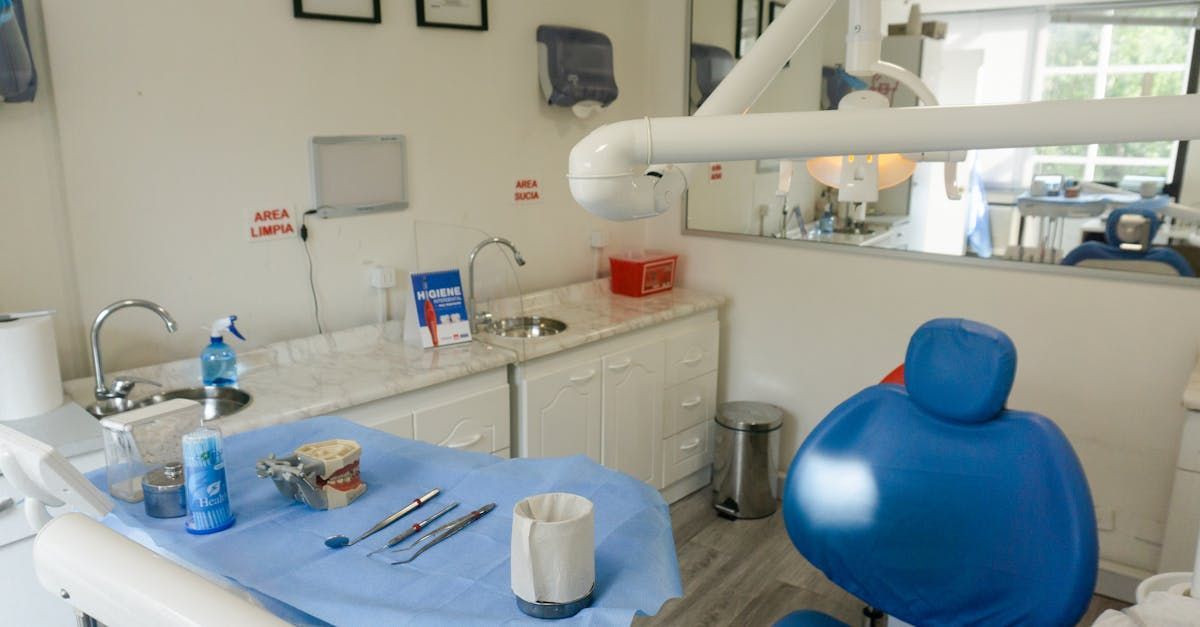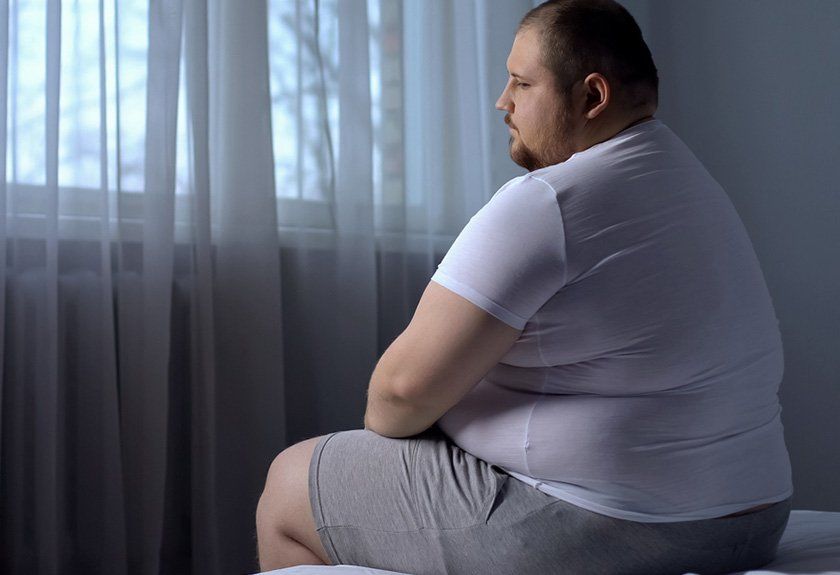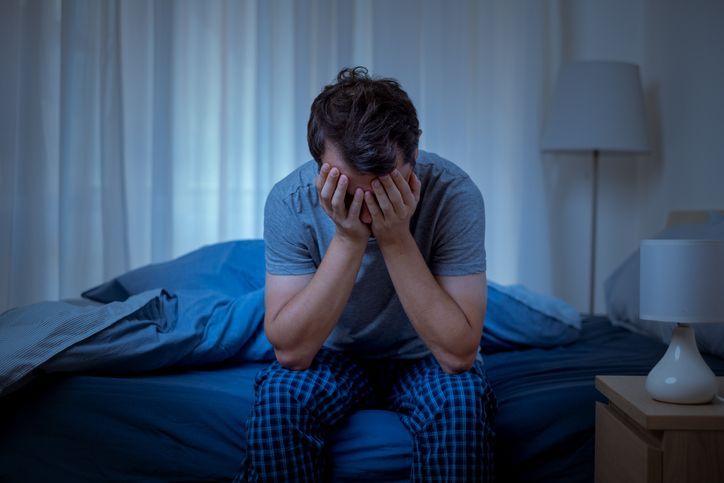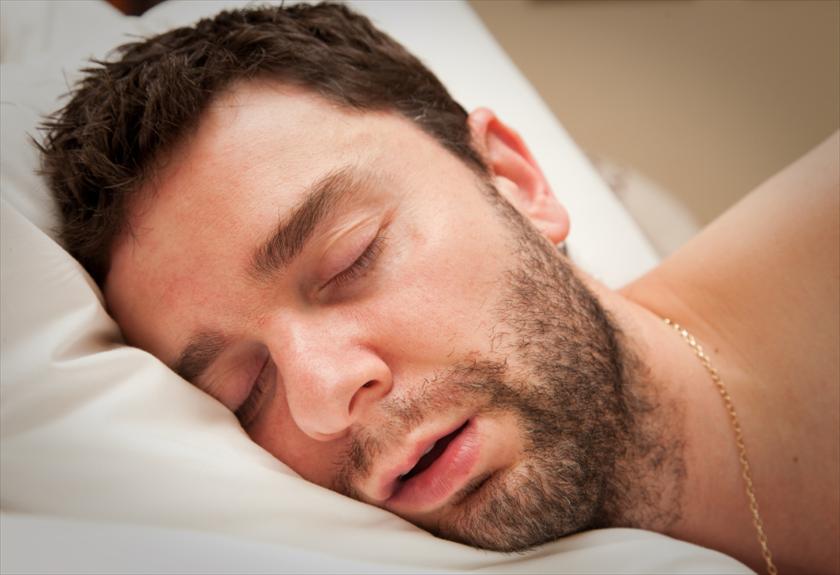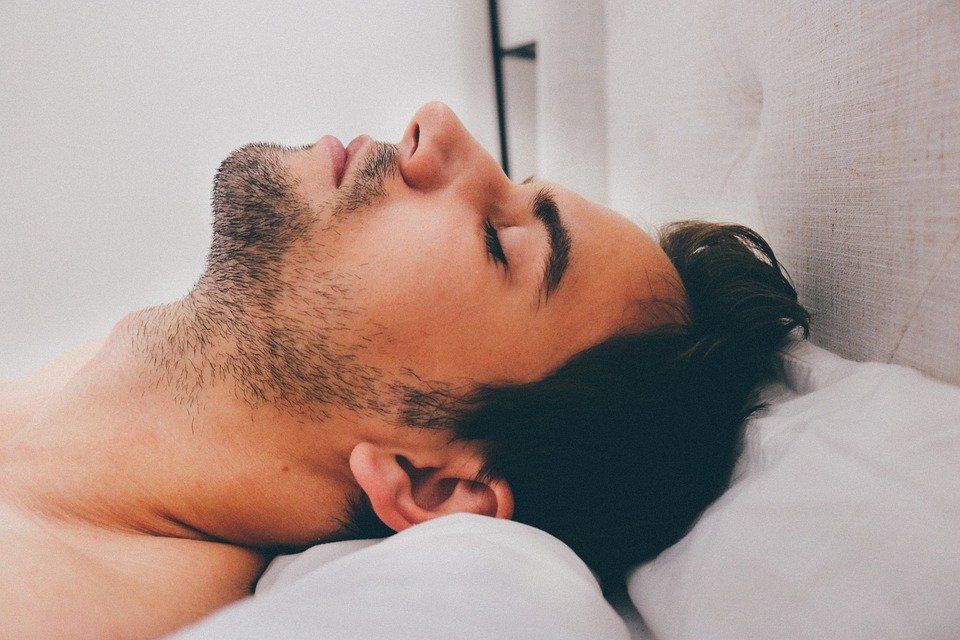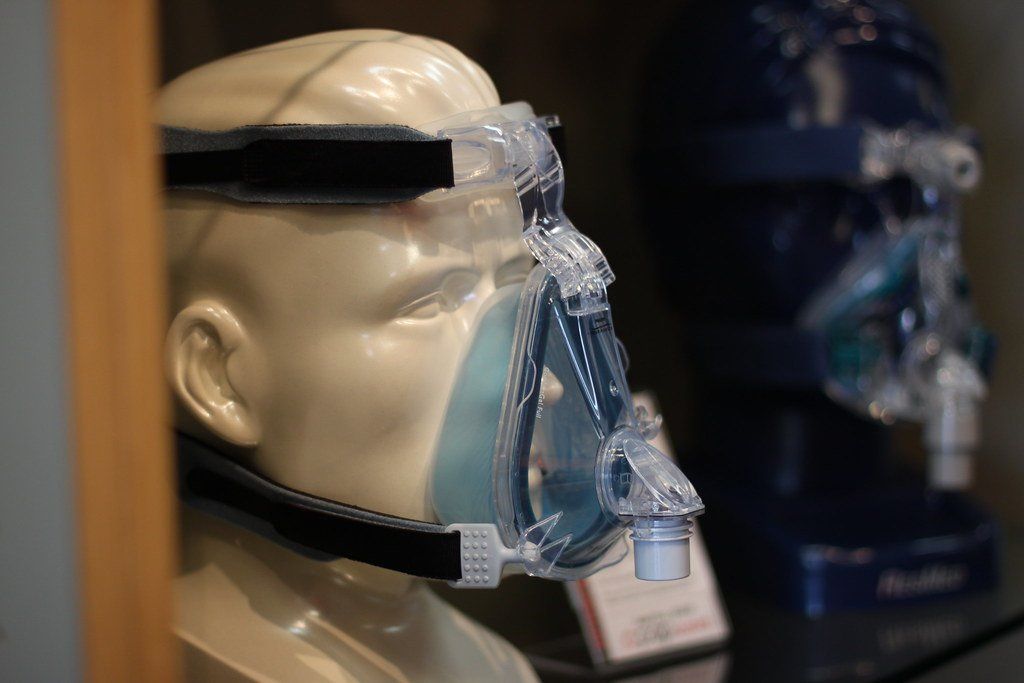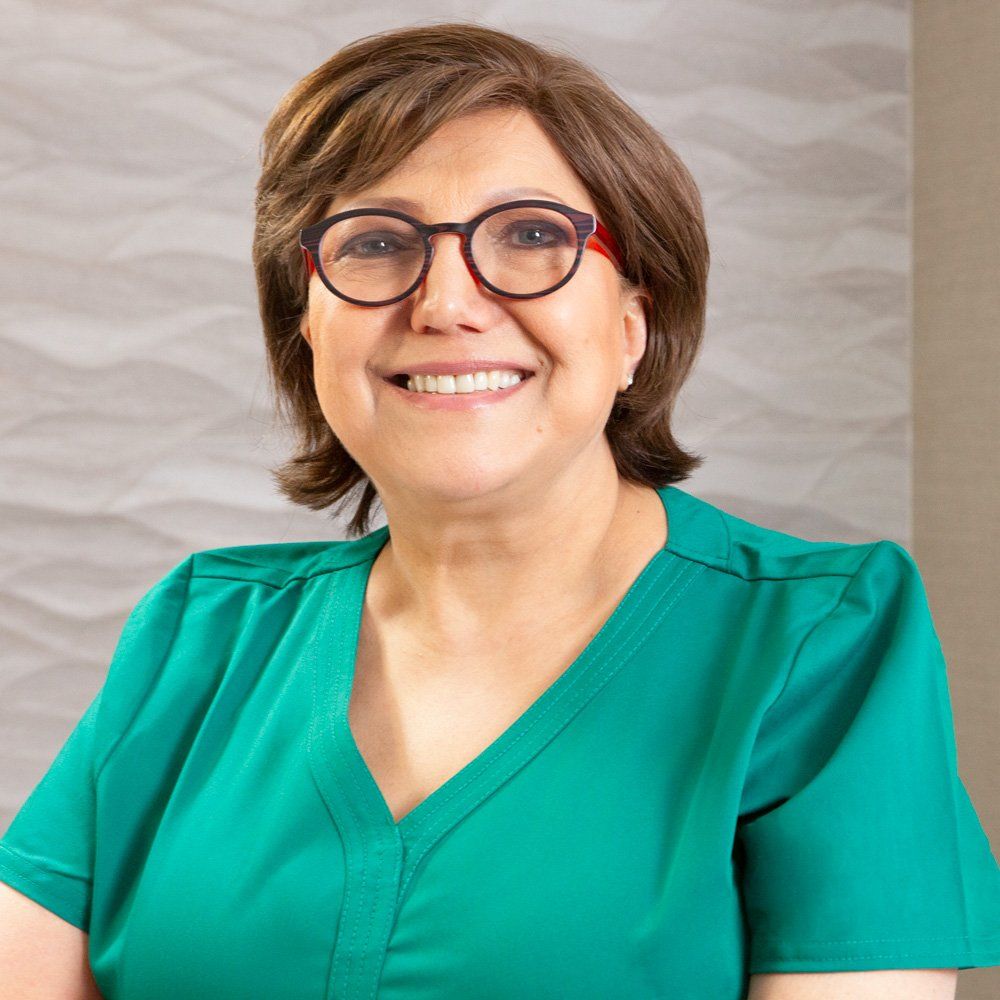5 Ways to Treat Obstructive Sleep Apnea
5 Ways to Treat Obstructive Sleep Apnea
As many as 20 million Americans suffer from sleep apnea, a condition that can seriously affect their overall health. For some people, it’s so severe it threatens their lives. Unfortunately, the majority of these people don’t know they’re suffering. It may take someone else telling them that they snore loudly or gasp during sleep.
A person with sleep apnea stops breathing periodically while they sleep. Their breathing may pause as frequently as 30 times an hour, some pauses lasting more than a minute. Many people with apnea partially wake up as they struggle to breathe and then take in a noisy, gasping breath.
A person who doesn’t know they stop breathing at night may only realize there’s a problem when they see the effects of apnea during the day.
Warning Signs of Sleep Apnea
Sleep apnea not only affects the quality of your sleep and keeps you from feeling refreshed when you wake up, it also stresses the entire body. For this reason, suffering from apnea increases one’s risk of serious health conditions such as stroke, heart failure, heart attack or diabetes.
If you suffer from sleep apnea, you or someone in the household may notice these signs during your sleep:
- Loud snoring
- Frequent urination
- Abruptly waking up due to gasping or choking
- Repeated long pauses in your breathing
While you’re awake, you may see these signs:
- Morning headache
- Dry mouth or sore throat on waking up
- Depression or irritability
- Forgetfulness
- Difficulty concentrating
- Daytime sleepiness
- Falling asleep while working or watching television
- Fatigue
Diagnosis requires a sleep study during which breathing and movements are monitored by a medical device. This study can be completed in a person’s home. When sleep apnea has been diagnosed, there are five common methods of correcting this problem.
CPAP
CPAP stands for continuous positive airway pressure. A CPAP machine pushes air through a mask or nosepiece into the airway to help the body draw in enough air. A machine sits by the bedside and is connected to the mask or nosepiece with tubes.
Older CPAP machines were noisy air pumps that kept some people awake. Newer machines are quiet and even warm the air before it is pumped to the mask.
CPAP machines don’t work for every patient. Many people find the mask or nosepiece intolerable, so they may stop using the machine, even if it has been helping them. A person who does benefit from the CPAP machine will need to keep using it for the rest of their life. At Breath of Life Dental, we offer
alternatives to CPAP machines.
Mouthguards
Some doctors and dentists can fit a patient with a custom mouthguard device to be worn in the mouth during sleep. The purpose of these devices is repositioning the lower jaw forward which helps open the airway. A few appliances draw the tongue forward to keep it from slipping backward and blocking the airway.
The advantage of these mouthguards is that they are less expensive than many other types of treatment. But they don’t work for everyone. Only those diagnosed with mild-to-moderate apnea benefit from their use. If they do help, a person can anticipate needing to wear this appliance for life.
Jaw Surgery
There are several types of jaw surgery that may remedy sleep apnea. In most cases, less invasive methods of alleviating apnea will be tried first.
One type of surgery attempts to open the airway by trimming away tissue at the entrance to the throat. The uvula (the fleshy extension that hangs above the throat) is removed, along with surrounding tissue.
For very severe cases that don’t respond to other treatments, a surgeon may reshape the lower jaw bone by cutting and repositioning the bone.
The downsides of surgical options are obvious: serious health risks, pain, long recovery time, difficulty eating or drinking until healing is complete. And the results are not always permanent. If surgery does work, however, the problem can be terminated.
Upper Airway Stimulation
This is a relatively new option for apnea sufferers but it also requires surgery. This system requires a controller to be implanted under the skin in the chest. A wire leads to a nerve in the neck with another one placed close to the lungs to detect when breathing stops. During these pauses, a mild electric stimulation is sent to the nerve connected to the tongue. This stimulation stiffens the tongue so that it moves forward, opening the airway.
Initial studies using this device resulted in the majority of patients receiving a benefit. The downside here, too, is the chest surgery required. Additionally, if the device doesn’t provide relief, the patient may need to have it surgically removed. If the device
does
provide relief, it will have to be surgically replaced about every ten years.
Vivos DNA & mRNA Oral Appliances
The Vivos system takes a completely different and groundbreaking approach. Rather than temporarily or surgically keeping the person’s airway open during sleep, Vivos oral appliances actually work to correct the underlying cause of sleep apnea: underdeveloped jaws and palates (the roof of your mouth). When the jaw and palate are underdeveloped—a common occurrence—the jaw bone is pushed back into the airway, partially obscuring it. Additionally, there is too little room in the mouth for your tongue to be properly positioned during sleep causing it to fall back and block the airway.
The Vivos appliance, which looks somewhat like a retainer, actually expands the width of the palate and corrects its shape. It also stimulates jaw bone growth. Vivos corrects the underlying problem without surgery or “forever” treatment. This even works for mature adults.
An independent study of those who had received Vivos treatment found the following:
- Nearly all (97%) of these patients reported that they received the relief they sought with Vivos treatment.
- More than half said that they trust their dentist to help them find an effective solution for the root cause of their apnea.
- Nearly three out of ten patients said that they were looking for nonsurgical methods of overcoming their sleep apnea.
When Vivos treatment is complete, apnea is resolved in the most natural way possible and no further care is needed. That means you only need the appliances through the course of treatment, not the rest of your life. However, Vivos may or may not be covered by a person’s insurance. Check with your insurance provider for details.
Most Important: Don’t Wait to Seek Treatment!
The most important thing to know about sleep apnea is that if you suspect you suffer from this problem, do not wait for treatment, hoping it will go away. Every night you struggle to breathe, your body is stressed. It can’t relax, heal or detoxify itself.
For a recommendation of the most effective remedy for your sleep apnea, contact Breath of Life Dental in North Bethesda, Maryland. Dr. Maryam Seifi has been a dentist for more than 30 years, and has advanced her ability to help patients with apnea by becoming a diplomate of the American Sleep and Breathing Academy. She is also a member of the American Academy of Dental Sleep Medicine (AADSM) and an AADSM Qualified Dentist.
Contact Breath of Life Dental by calling
(301) 818-2653 today.
